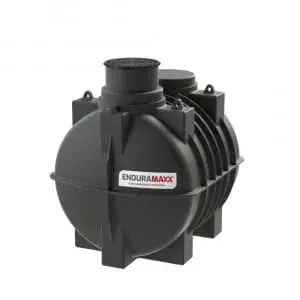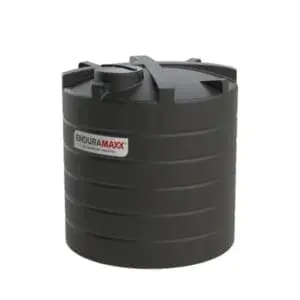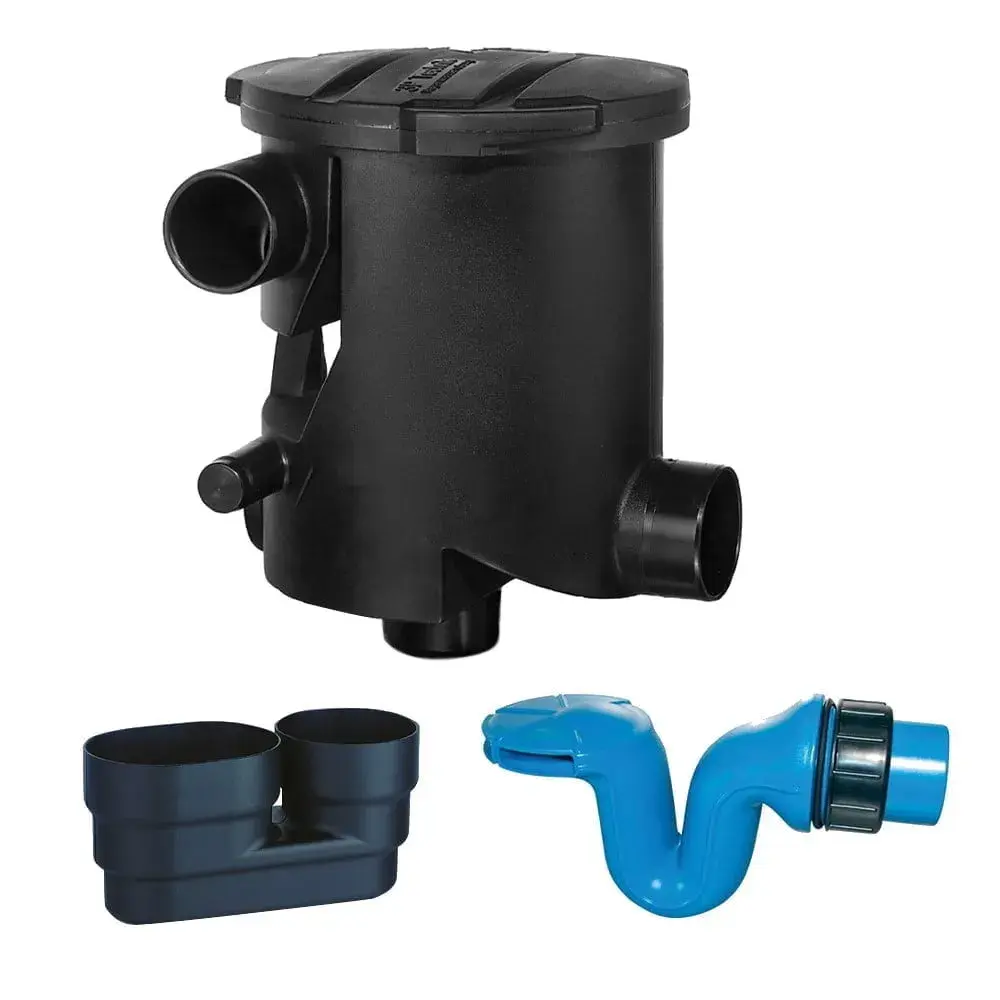An underground water storage tank is a great way to store water for drinking, irrigation, and many other commercial and domestic uses. Because the tank is buried underground, it offers an effective way to store water without creating an eyesore. However, this also comes with its own set of problems.
Because the tank is underground, it can be harder to spot hygiene and maintenance issues. This is why it’s vital to choose a high-quality water tank. A water tank that is high quality allows you to easily solve these issues.
Here Are A Few Tips To Maintaining Your Water Storage Tanks:
1. Keep An Eye Out For Leaks
As an underground water tank gets older, minor leaks are inevitable. It is important to inspect your tank for leaks on a regular basis so that they can be caught as soon as possible. It is relatively cheap to fix a small leak, but waiting until the leak becomes visible at surface level, or even until it causes the ground to collapse, can be far more expensive.
2. Inspect The Water Quality Regularly
Underground water tanks must be inspected regularly, especially if the water is intended for human consumption. The Drinking Water Inspectorate advises that drinking water tanks should be inspected annually and that bacteria sampling should be carried out every six months. This will allow you to detect contaminants in the water that could lead to outbreaks of waterborne infections such as Legionnaires’ Disease. You should also look for visual warning signs between inspections. If the water appears to contain silt, signs of plant growth or animal faeces, you should get your tank cleaned as soon as possible.
Have Your Tank Cleaned Annually
Whether or not an inspection finds any contaminants, it is important to have your underground water tank cleaned at least once a year. The correct underground water tank cleaning procedure involves chlorinating the tank in order to kill any bacteria that may have accumulated.
Choose A Durable Tank
Choosing a quality water tank is the most effective way to avoid problems further down the line. We offer robust water tanks from 800 to 9500 litres in capacity. We can install plastic or galvanised lids to reduce the risk of cracks or leaks, as well as the option of a raised turret for AB air gap installations to prevent contamination from nearby water sources.
Posts By Topics
- Blog (303)
- Chemical Storage Tanks (118)
- Chemical Dosing Tanks (114)
- Chemical Tanks (114)
- Water Tanks (58)
- Rainwater Harvesting Tanks (43)
- Vertical Rainwater Tanks (31)
- Vertical Storage Tanks (31)
- Cone Bottom Tanks (19)
- Conical Cone Tanks (18)
- Rainwater Harvesting (17)
- Water Bowsers (15)
- Horizontal Tanks (14)
- Potable Water Tanks (13)
- Farming (9)
- Case Studies (8)
- Industrial Storage Tanks (7)
- Liquid Fertilser Storage Tanks (6)
- WRAS Approved Potable Tanks (6)
- Wine and Beer Production (6)
- Horizontal Transport Tanks (5)
- Microbrewery (5)
- Rainwater (5)
- Category 5 Break Tanks (4)
- Cider Production (4)
- Mixer Tanks (4)
- Molasses Tanks (4)
- Polyethylene tanks (4)
- Rainwater Filter Kits (4)
- SPECIALIST & BESPOKE TANKS (4)
- Bunded Tanks (3)
- Slimline Tanks (3)
- WRAS Approved (3)
- Clarification Tanks (2)
- Crosslinked Polymer Tanks (XLPE) (2)
- Fertiliser Tanks (2)
- Sump Tanks (2)
- Tank Installation (2)
- Water Butt (2)
- underground water tanks (2)
- ACCESSORIES & FITTINGS (1)
- ATV & UTV SPRAYING UNITS (1)
- Above Ground Effluent Tanks (1)
- Bespoke Tank Frames (1)
- Category 5 Turret (1)
- Caustic Soda Tanks (1)
- Closed Top Bunded Tanks (1)
- Craft beer (1)
- Effluent Tanks (1)
- Enduramaxx (1)
- Ferric Chloride Tanks (1)
- Fire Safety Regulations (1)
- Fire Sprinkler Water Storage Tanks (1)
- Industrial Water Tank (1)
- Open Top Bunded Tanks (1)
- Open Top Cone Tanks (1)
- Open Top Vertical Tanks (1)
- Polyethylene Potable Water Tanks (1)
- Polyvinylidene Fluoride (PVDF) Tanks (1)
- Polyvinylidene Fluoride Tanks (PVDF) (1)
- Pressure Washers (1)
- Pro Series Spot Sprayers (1)
- RWH (1)
- Sodium Hydroxide Storage Tanks (1)
- Sprayer Fill-up Tanks (1)
- Uncategorised (1)
- liquid fertiliser tank (1)
Sign up to the newsletter
enduramaxx.marketing
Related Posts
Reasons Why You Should Install A Slimline Water Tank
Slimline water tanks are an efficient and convenient way to collect and store water on your...
How Long Do Potable Water Tanks Last?
When choosing a drinking water tank for your business premises, there are several factors to...
What You Need To Consider When Choosing A Large Water Butt
Why you need a large water butt Alarge water butt is one of the most effective ways to harvest...
Related Products
From £1,080.00 inc. VAT
£900.00 exc. VAT
From £1,344.00 inc. VAT
£1,120.00 exc. VAT
From £768.00 inc. VAT
£640.00 exc. VAT
£480.00 inc. VAT
£400.00 exc. VAT







